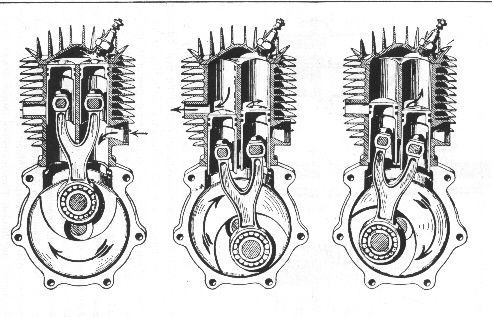- Joined
- Oct 9, 2009
- Messages
- 75
- Reaction score
- 40
I am looking for a new model to start building and in my search for plans I came across an engine called a "Twingle" which is evidently a split single design.
Does anybody have plans for a split single engine or have one that is running.
I would like to know more about them and would love to have a set of plans to build one
Thanks
Hogan
Does anybody have plans for a split single engine or have one that is running.
I would like to know more about them and would love to have a set of plans to build one
Thanks
Hogan




































































